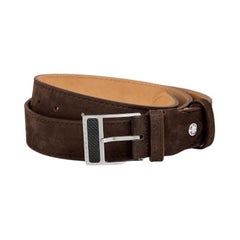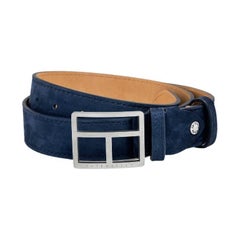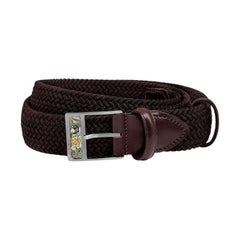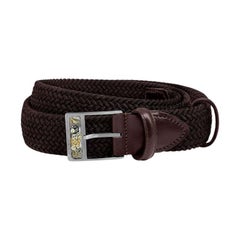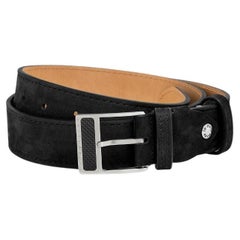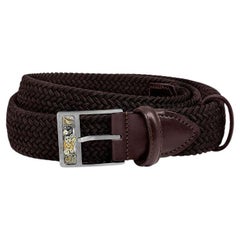Objets d'Art and Vertu
21st Century and Contemporary British Objets d'Art and Vertu
Titanium
21st Century and Contemporary British Objets d'Art and Vertu
Titanium
21st Century and Contemporary British Objets d'Art and Vertu
Titanium
21st Century and Contemporary British Objets d'Art and Vertu
Titanium
21st Century and Contemporary British Objets d'Art and Vertu
Titanium
21st Century and Contemporary British Objets d'Art and Vertu
Titanium
21st Century and Contemporary British Objets d'Art and Vertu
Titanium
21st Century and Contemporary British Objets d'Art and Vertu
Titanium
21st Century and Contemporary British Objets d'Art and Vertu
Titanium
21st Century and Contemporary British Objets d'Art and Vertu
Titanium
21st Century and Contemporary British Objets d'Art and Vertu
Titanium
21st Century and Contemporary Italian Objets d'Art and Vertu
Sterling Silver
21st Century and Contemporary Italian Contemporary Objets d'Art and Vertu
Diamond, 18k Gold, Gold Plate, Sterling Silver
21st Century and Contemporary Italian Contemporary Objets d'Art and Vertu
Diamond, Sterling Silver, Rhodium
1980s Italian Early Victorian Vintage Objets d'Art and Vertu
Silver
2010s Greek Contemporary Objets d'Art and Vertu
Aquamarine, Pearl, White Gold, Yellow Gold, Silver, Gold
2010s North American Artisan Objets d'Art and Vertu
20th Century British Georgian Objets d'Art and Vertu
Sterling Silver
2010s Dutch Objets d'Art and Vertu
24k Gold, Aluminum
2010s British Neoclassical Objets d'Art and Vertu
Amethyst, Diamond, White Diamond, Yellow Diamond, Black Diamond, Emerald...
2010s British Artisan Objets d'Art and Vertu
Amethyst, Diamond, White Diamond, Yellow Diamond, Black Diamond, Emerald...
2010s Thai Artisan Objets d'Art and Vertu
Amethyst, Diamond, Garnet, Jade, Cultured Pearl, Quartz, Sapphire, 18k G...
15th Century and Earlier Unknown Classical Greek Antique Objets d'Art and Vertu
Other, Silver
2010s Russian Arts and Crafts Objets d'Art and Vertu
Quartz, Tiger's Eye, Jasper
2010s Russian Arts and Crafts Objets d'Art and Vertu
Malachite, 18k Gold, Silver
21st Century and Contemporary Russian Contemporary Objets d'Art and Vertu
Citrine, Diamond, Garnet, Jade, 18k Gold
Early 19th Century Italian Georgian Antique Objets d'Art and Vertu
18k Gold
Read More
How to Identify Real Capodimonte Porcelain
Early examples by the Italian manufacturer can be hard to come by, but the best later pieces possess the same over-the-top charm.
Ask an Interior Designer: Work-from-Home Edition
Leaping into a design project, whether it's refreshing the bedroom or redoing the whole house, can be overwhelming. Luckily, we know more than a few interior designers. You asked questions on Instagram, and now they're answering.
